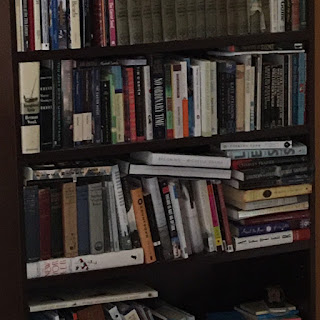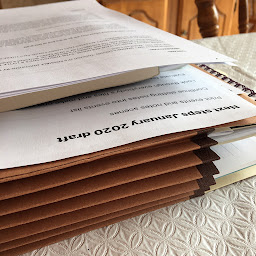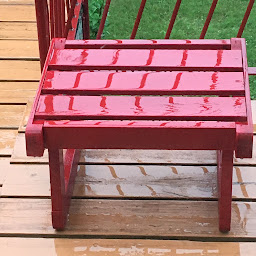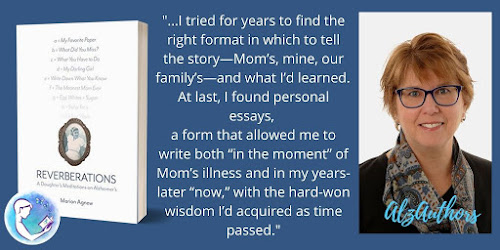Two More for You, and One Forthcoming

As part of an event sponsored by my publisher, Signature Editions , in June, I appeared on a panel. It was fun! (Links for all things REVERBERATIONS-related are here and here .) We talked about the rewards and pitfalls about writing intensely personal stories related to health and illness. Books. Lots. In preparation for the panel, I had occasion to read the titles by the other panelists: * Micro-Miracle: A True Story , by Amy Boyes, about her experience when daughter Madeline comes sixteen weeks early. It's a harrowing and ultimately satisfying story about a world entirely new to me, that of a micro-preemie baby. Well, babies are pretty foreign to me in general, and I think that (lack of) experience intensified my concern when things start to go wrong for Amy and her baby. * Rain on a Distant Roof , by Vanessa Farnsworth, about her experience with Lyme disease in Canada and making sense of her body when her body no longer makes sense to her. Sections that provide a window into her...



